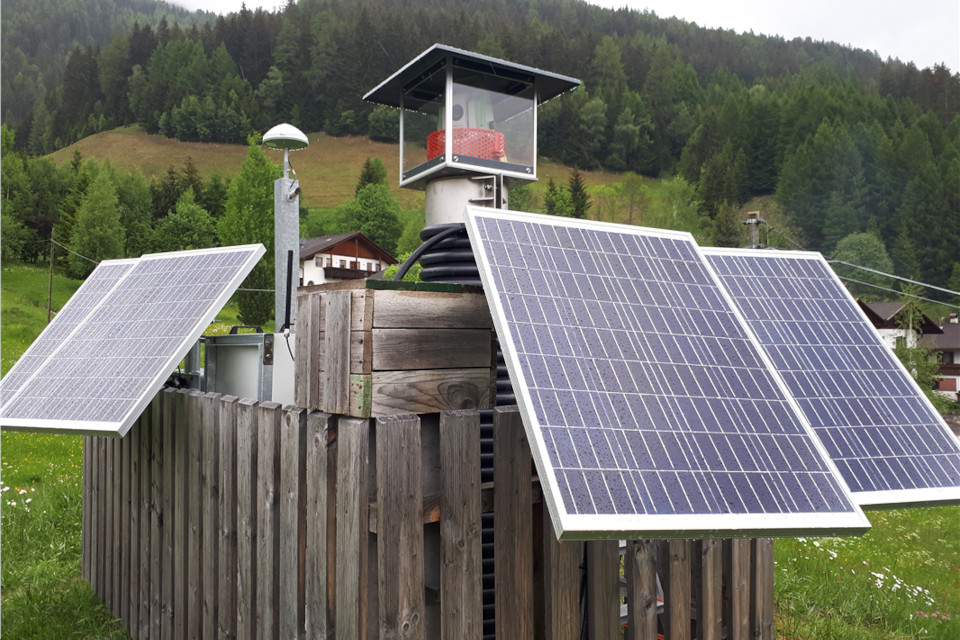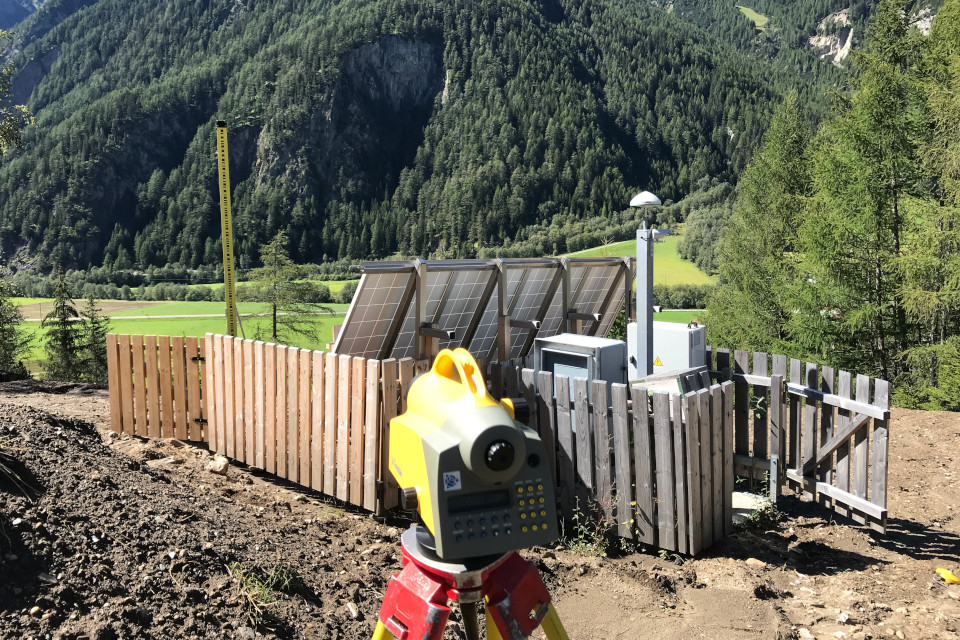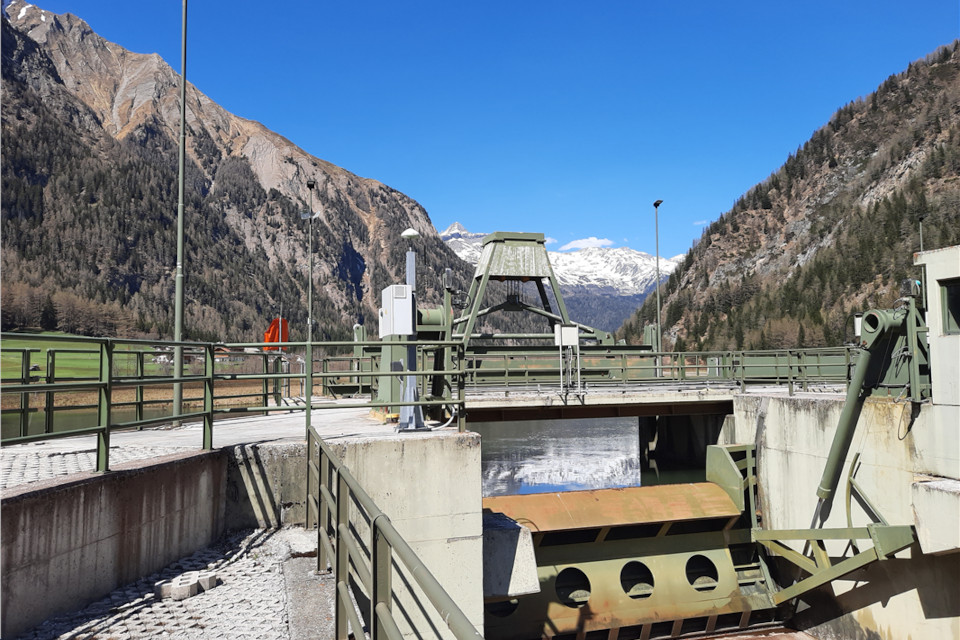An article was presented on soil deformation monitoring related to railway tunnel construction
July 2025
The XXVIII National Conference of Geotechnics was held in Venice from 11 to 13 June, which was an opportunity to present the scientific article: “Soil deformation monitoring related to the construction of a railway tunnel: example of the Brenner Base tunnel” written by A. Tamburini - IMAGEO Srl; P. Cancelli, G. Bragonzi, A. Mocchi - Studio Cancelli Associato; S. Cappelletto - BBT SE; S. Colonnelli - CAE S.p.A.
The Brenner Base railway tunnel is 55 km long and will connect Italy with Austria. The link consists of two single-track main tunnels, with three connections per kilometre between the two bores. The tunnel system has a total length of 260 km. As part of the design, the possible subsidence caused by any groundwater drainage and the possible consequences on surface structures and infrastructure were quantified. Geodetic monitoring networks were installed to identify the occurrence of such phenomena at an early stage.
The Val di Vizze network presented in this article is an example of integrated soil movement monitoring. The area hosts an aquifer consisting of quaternary glacial deposits bounded downstream by a rocky threshold where the Novale hydroelectric dam is located. Subsidence forecasting studies identify this area as a likely location for subsidence of up to a decimetre in size.
The monitoring consisted of a total of two robotic stations with 59 rods and five automatic GNSS stations around the study area. Every six months, geometric precision levelling was carried out to independently verify the results of the automatic measurements. To detect any abnormal behaviour early, the automatic data was compared with predefined thresholds on both absolute and differential displacements over time and space, with reference to strategic structures on the surface. The article covers the criteria used to define the thresholds in relation to the need to trigger corrective actions in order to manage any anomalies.
It also presents the results of the monitoring and the strategies adopted to cleanse the measurements from external disturbances related to meteorological-climate effects and the instability of the physical network.
To find out more about CAE's contribution to implementing the project click here.



